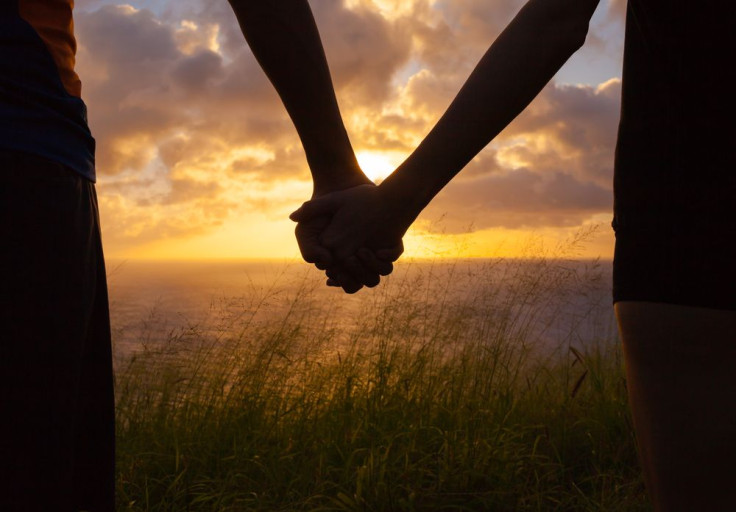Kissing Cousins: Everything You (Didn't) Want To Know About Incest, And Why Inbreeding Isn't Actually As Dangerous As It Sounds

Humans are incredibly vain, and often the only people we love more than ourselves are those who greatly remind us of ourselves. In a 2010 study, psychologist R. Chris Fraley, from the University of Illinois, explored this subject, confirming that some people are in fact drawn to “others who resemble their kin or themselves.” But does this aspect of human attraction suggest that the taboo topic of incest actually has psychological roots?
A History Of Incest
Incest is defined as having sexual relations with close family members, and throughout the majority of the world the practice is not only taboo but also illegal. However, just because people won’t admit to partaking in incest does not mean that the practice does not occur. In some circumstances, incest is a necessity and multiple studies have shown that offspring of distant relatives are actually healthier than the general population.
There is usually more of an evolutionary advantage to diversifying the gene pool, and for this reason incest in not very popular in species who practice sexual reproduction. However, in species where there is no natural advantage to genetic diversity, incest still exists. For example, Dr. Nathaniel Wheelwright, an evolutionary biologist at Bowdoin College in Maine who focuses on sexual reproduction, described asexual reproduction to LiveScience as “the ultimate incest” because an organism is breeding with itself.
"You can still see species asexually reproducing, or cloning themselves, in situations where there is no advantage to [sex]," Wheelwright explained, "and you can see species that commit incest where there is no penalty to inbreeding."
Kissing Cousins
In general, inbred children exhibit lower intelligence and physical strength and get sick more often in comparison to their non-inbred counterparts, io9 reported. However, the risk for life-threatening deformities and diseases among inbred children is not as high as you may believe.
Our genes are responsible for essentially every part of who we are. Most of our genes are either beneficial or largely neutral, but a small number of genes actually carry serious health consequences, known as autosomal recessive diseases. Some of these include cystic fibrosis, sickle cell anemia, Tay-Sachs disease, and albinism. In small gene pools, the chances of offspring inheriting the two recessive genes needed to express these conditions increases. For example, first cousins would have a 12.5 percent chance of having a child with one of these disorders, io9 reported. This is why you’ll see population trends such as Tay-Sachs being most prevalent in those of Jewish origin and Puerto Rico having the highest density of albinism in the world.
When you have an even smaller gene pool, such as two first relatives, the chances of inheriting these recessive conditions may skyrocket to 50/50. Interestingly though, this is not the case for all inherited disease, as many need generations of inbreeding before they can ever be expressed. A 2008 study on 48 cases of incest found that the risk for birth defects is around two percent in the general population but rises to only four percent between first cousins. However, due to the sensitivity of the subject, there was no information available for the children of incest between closer relations.
What Draws Some To Incest
It’s believed that we have a biological defense against close forms of incest, since these are the cases most likely to end in genetically compromised offspring. LiveScience reported that Finnish sociologist Edward Westermarck suggested that growing up in the same house puts people off from developing sexual feelings. This remains even in cases where children are not directly related.
When close incest does occur, that is, sexual relations between first relations such as brother and sister or father and daughter, it is more likely due to a psychological phenomenon than a biological attraction. Genetic attraction occurs when two relatives who have been separated for the majority of their life meet for the first time and experience an intense emotional attraction. As reported by The Guardian, it occurs in around 50 percent of reunions between close relatives separated at birth.
"These people regress to a very early stage of development. The relationship is sensual, but we don't call it 'romance' or being 'in love' when it's breastfeeding, cradling, and stroking, or when it's a mother and baby gazing into one another's eyes,” psychotherapist Joe Soll explained in The Guardian.
It’s when these individuals act on those feeling that GSA becomes incest. Soll explained that this jump to incest is most common in brother-sister relationships, although it’s unknown why.
According to one brother and sister relationship, the intense attraction is rooted in their physical resemblance.
"It's like kissing myself," a woman who goes by the name "Rachel" told ABC News of her intimacy with her brother "Shawn."



























